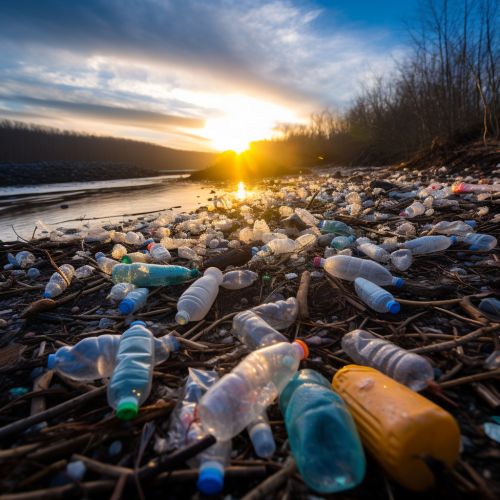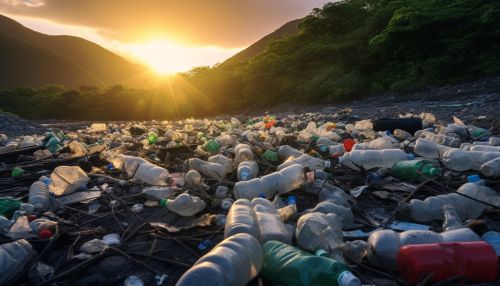Environmental Impact of Plastic
Introduction
The environmental impact of plastic is a topic of significant concern in the modern world. Plastics, while versatile and ubiquitous in everyday life, pose a considerable threat to the environment due to their non-biodegradable nature and the pollution associated with their production and disposal. This article delves into the various aspects of the environmental impact of plastic, exploring the production, use, and disposal of plastic materials, as well as the potential solutions to mitigate these impacts.


Production of Plastic
The production of plastic begins with the extraction of fossil fuels, primarily crude oil and natural gas. These raw materials are processed in refineries to produce monomers, which are then polymerized into various types of plastic. The production process is energy-intensive and releases significant amounts of greenhouse gases, contributing to global warming and climate change.
Use of Plastic
Plastic is used in a wide range of applications, from packaging and construction to electronics and transportation. However, the convenience and versatility of plastic come with environmental costs. Microplastics, tiny fragments of plastic less than 5mm in size, can leach out of products and enter the environment, posing a threat to wildlife and ecosystems. Moreover, many plastic products are designed for single-use, leading to a high volume of waste.
Disposal of Plastic
The disposal of plastic waste is a major environmental issue. Landfills are overflowing with plastic waste, which can take hundreds to thousands of years to degrade. Incineration of plastic waste releases toxic chemicals into the atmosphere, while recycling is limited by technical challenges and economic viability. A significant amount of plastic waste also ends up in the oceans, leading to marine pollution and harming marine life.
Impact on Wildlife
Plastic pollution poses a significant threat to wildlife. Animals can ingest plastic debris or become entangled in plastic waste, leading to injury or death. Microplastics can accumulate in the food chain, with potential impacts on human health. Plastic waste also acts as a vector for invasive species, disrupting ecosystems.
Mitigation Strategies
There are several strategies to mitigate the environmental impact of plastic. These include reducing the use of plastic, improving recycling technologies, and developing biodegradable alternatives to traditional plastics. Legislation and public awareness campaigns can also play a crucial role in reducing plastic pollution.
